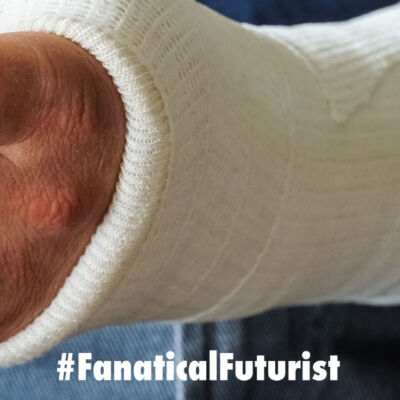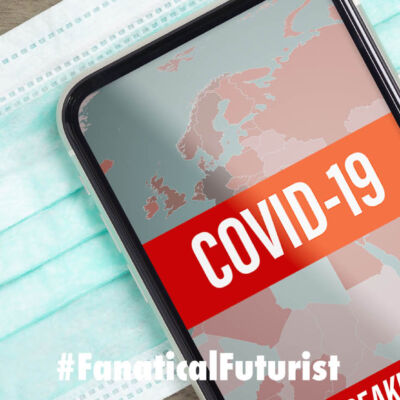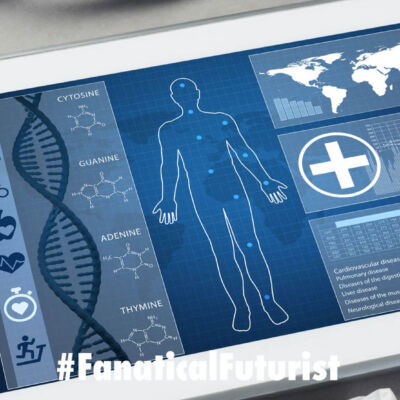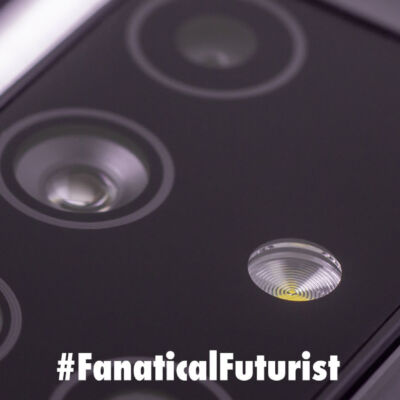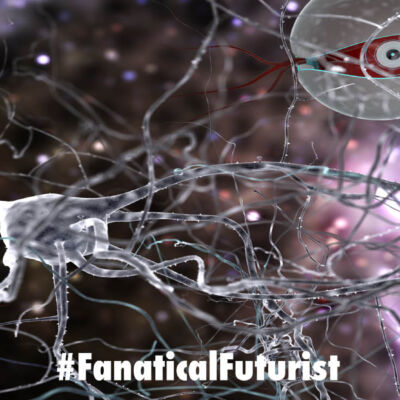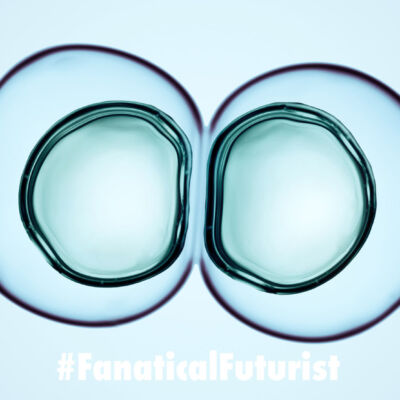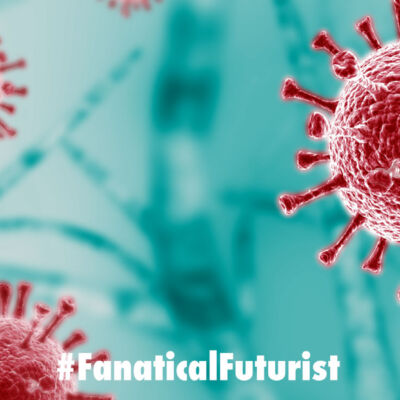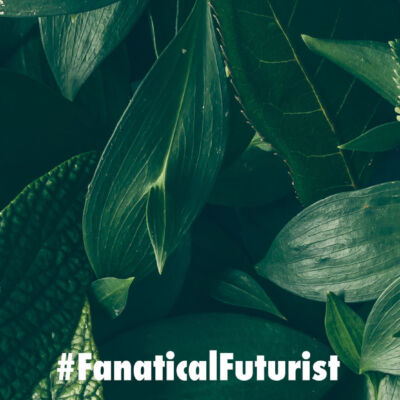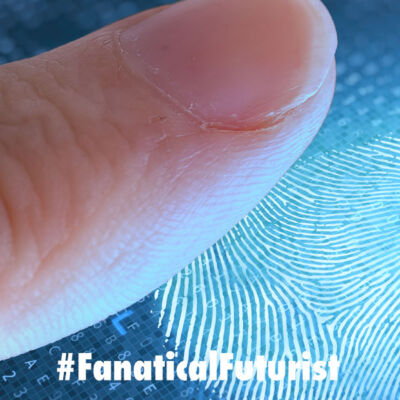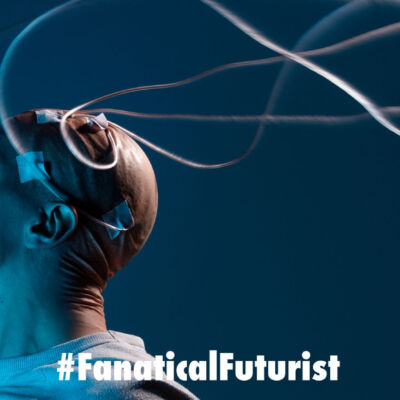Sensor Technology
WHY THIS MATTERS IN BRIEF If you’ve got osteoporosis or have broken a bone then this could revolutionise your treatments…
WHY THIS MATTERS IN BRIEF How many times during the pandemic did you wonder if you’d been in contact with…
WHY THIS MATTERS IN BRIEF Most medical implants are dumb, but by creating the world’s first biocompatible AI researchers are…
WHY THIS MATTERS IN BRIEF Flying computers, or Smart Dust, has applications in environmental monitoring and elsewhere. Love the…
WHY THIS MATTERS IN BRIEF Why settle for photo-real images when they can be better than life itself?! Love…
WHY THIS MATTERS IN BRIEF If you think the only way we can connect your mind to a computer is…
WHY THIS MATTERS IN BRIEF In the future not all organisms will be children of Mother Nature … Love…
WHY THIS MATTERS IN BRIEF Being able to detect viruses in the blood and filter them out before they cause…
WHY THIS MATTERS IN BRIEF Plants are a rich source of information – if you can communicate with them that…
WHY THIS MATTERS IN BRIEF Biometrics can be increasingly easily hacked, so we need to find new ways to authenticate…
WHY THIS MATTERS IN BRIEF The RF spectrum is huge, and it’s increasingly important in warfare and communications, now we…
WHY THIS MATTERS IN BRIEF Memristors work like human synapses and are a building block of highly energy efficient Neuromorphic…


